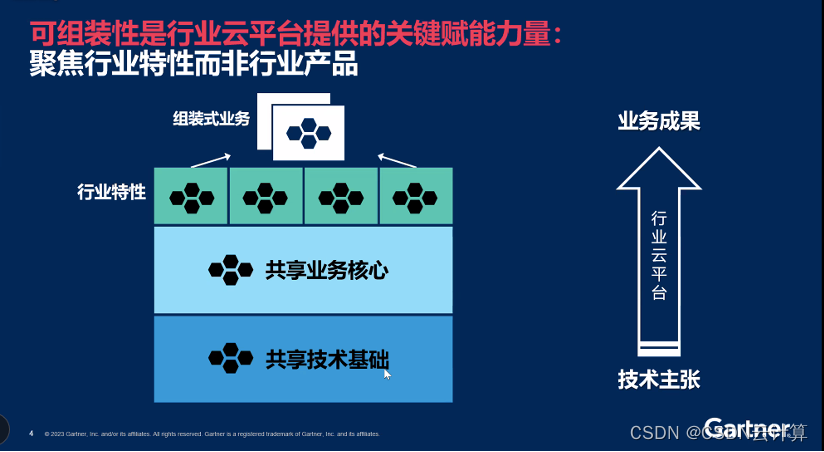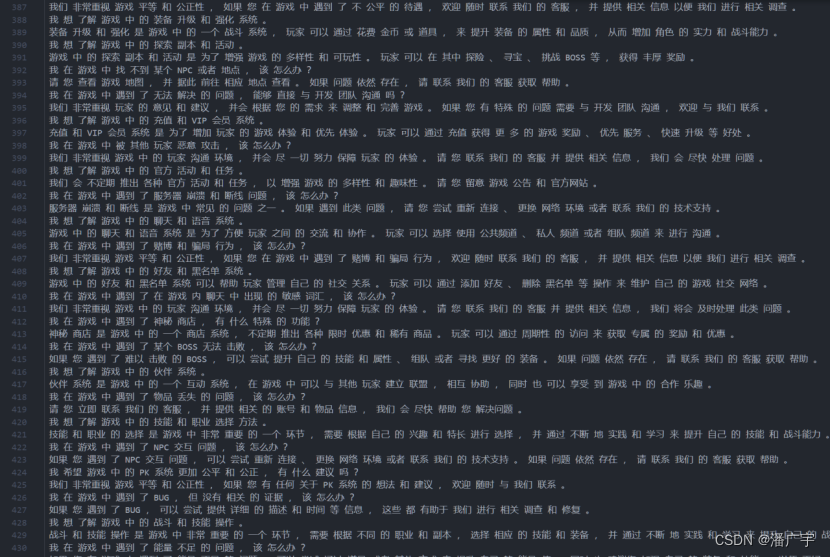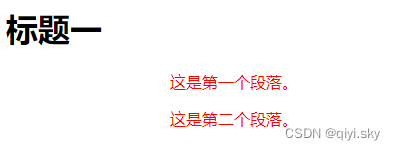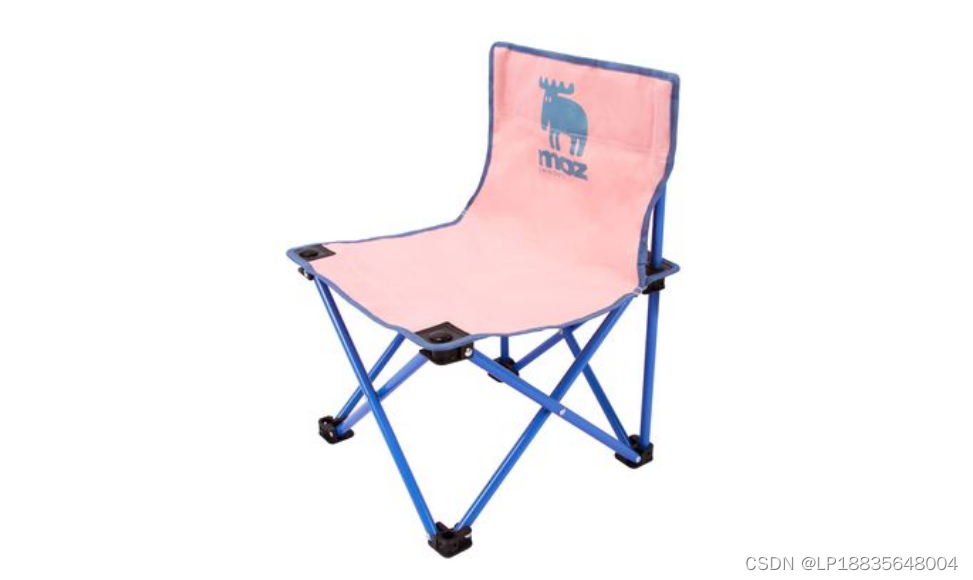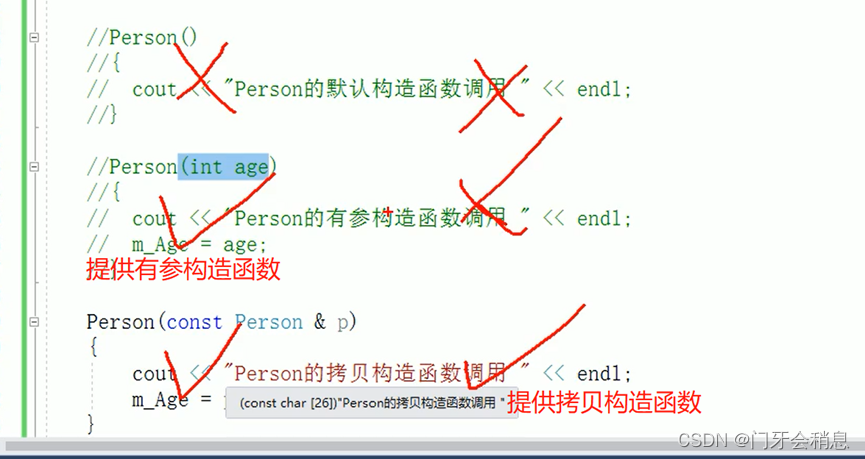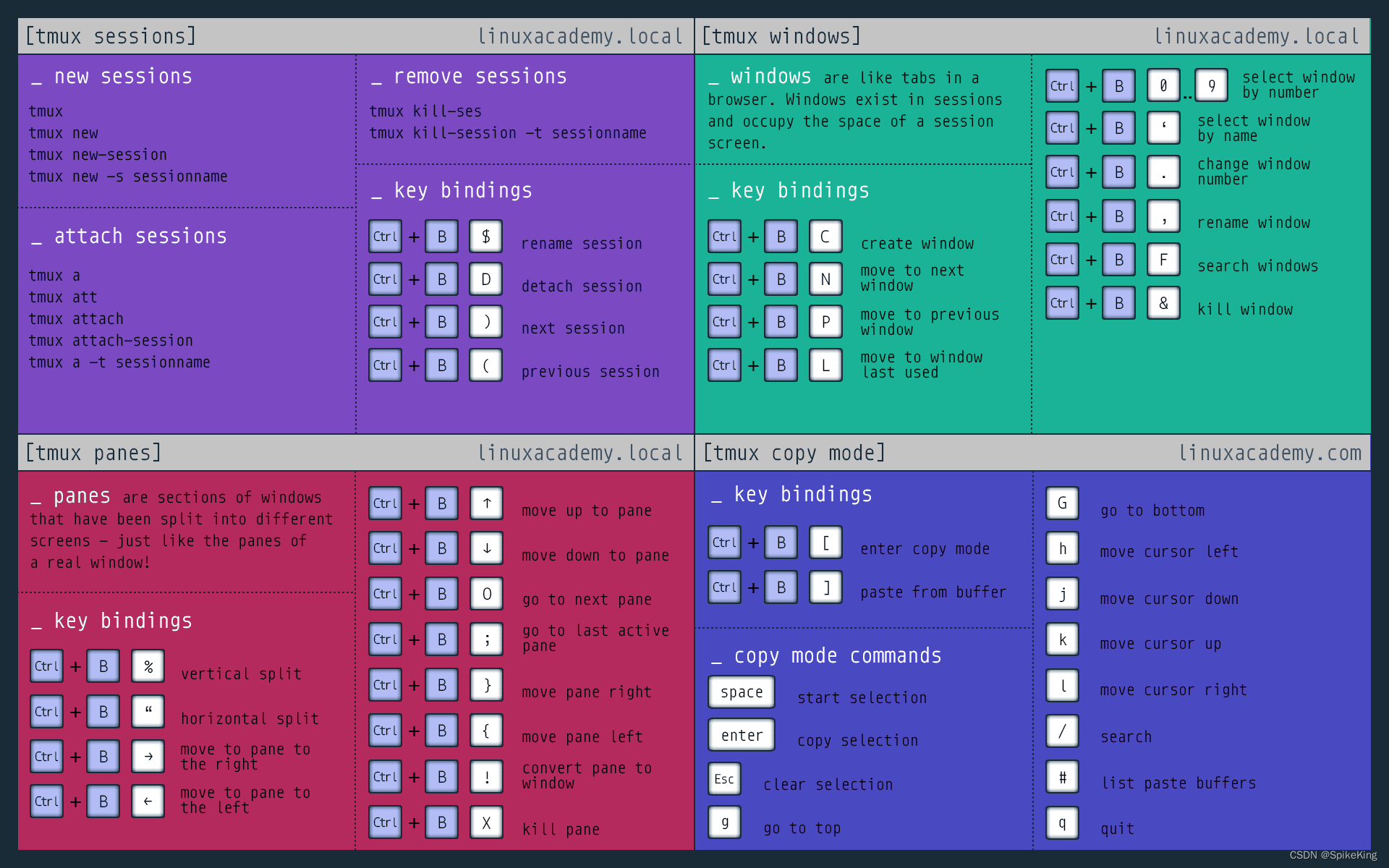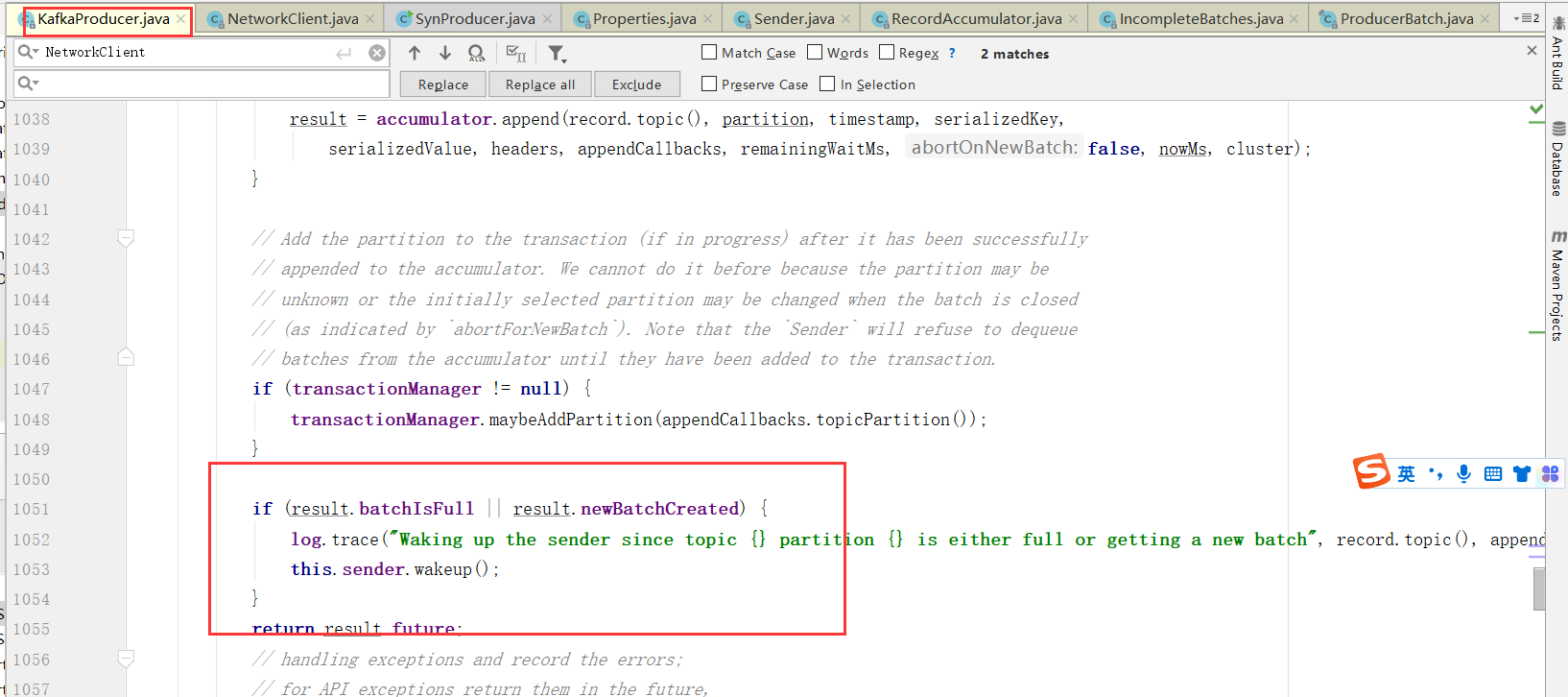
Spring Boot 如何使用 Web 容器
在使用 Spring Boot 进行开发时,我们通常需要使用 Web 容器来处理 HTTP 请求和响应。本文将介绍 Spring Boot 如何使用 Web 容器,包括如何配置 Web 容器、如何处理 HTTP 请求和响应等内容,并提供相应的代码示例。
Spring Boot 中的 Web 容器
Spring Boot 中默认使用 Tomcat 作为 Web 容器,但是也支持其他的 Web 容器,例如 Jetty 和 Undertow。在使用 Spring Boot 进行开发时,我们可以根据自己的需求选择不同的 Web 容器。下面是一个示例:
<dependency>
<groupId>org.springframework.boot</groupId>
<artifactId>spring-boot-starter-web</artifactId>
<!-- 这里可以指定使用 Jetty 或 Undertow -->
<exclusions>
<exclusion>
<groupId>org.springframework.boot</groupId>
<artifactId>spring-boot-starter-tomcat</artifactId>
</exclusion>
</exclusions>
</dependency>
<dependency>
<groupId>org.springframework.boot</groupId>
<artifactId>spring-boot-starter-jetty</artifactId>
</dependency>
在这个示例中,我们使用了 spring-boot-starter-web 依赖来启用 Spring Boot Web 功能,并使用 exclusions 标签排除了默认的 Tomcat 依赖,然后添加了 Jetty 依赖。这样就可以使用 Jetty 作为 Web 容器了。
Spring Boot Web 配置
在使用 Spring Boot 进行 Web 开发时,我们需要进行一些相关的配置,例如设置端口号、处理跨域请求、使用 HTTPS 等。下面是一个示例:
server:
port: 8080
servlet:
context-path: /demo
tomcat:
max-threads: 100
uri-encoding: UTF-8
cors:
allowed-origins: "*"
ssl:
key-store: keystore.p12
key-store-password: password
在这个示例中,我们使用了 server.port 属性来设置端口号,servlet.context-path 属性来设置应用程序的上下文路径,tomcat.max-threads 属性来设置 Tomcat 最大线程数,tomcat.uri-encoding 属性来设置 URI 编码方式,cors.allowed-origins 属性来设置允许的跨域请求来源,ssl.key-store 属性来设置 SSL 证书等。通过这些属性配置,我们可以灵活地控制应用程序的行为。
处理 HTTP 请求和响应
在 Spring Boot 中,我们可以使用 @Controller、@RestController、@RequestMapping 等注解来处理 HTTP 请求和响应。下面是一个示例:
@RestController
@RequestMapping("/api")
public class ApiController {
@GetMapping("/hello")
public String hello() {
return "Hello, world!";
}
}
在这个示例中,我们使用了 @RestController 注解标注了 ApiController 类,并使用 @RequestMapping 注解设置了请求路径。在类中定义了一个 hello() 方法,用于处理 GET 请求。当用户发送 /api/hello 请求时,Spring Boot 会自动调用这个方法,并返回 “Hello, world!” 字符串。
使用模板引擎渲染视图
除了处理 HTTP 请求和响应外,Spring Boot 还支持使用模板引擎来渲染视图。常用的模板引擎包括 Thymeleaf、Freemarker、Velocity 等。下面是一个使用 Thymeleaf 渲染视图的示例:
@Controller
public class ViewController {
@GetMapping("/index")
public String index(Model model) {
model.addAttribute("message", "Hello, world!");
return "index";
}
}
在这个示例中,我们使用了 @Controller 注解标注了 ViewController类,并在类中定义了一个 index() 方法,用于处理 GET 请求。在这个方法中,我们使用了 Model 参数来传递数据,然后返回了一个视图名称。在视图中,我们可以使用 Thymeleaf 语法来渲染数据,例如:
<!DOCTYPE html>
<html>
<head>
<title>Index</title>
</head>
<body>
<h1 th:text="${message}"></h1>
</body>
</html>
在这个示例中,我们使用了 Thymeleaf 语法来将 message 变量渲染到 HTML 页面中。
总结
本文介绍了 Spring Boot 如何使用 Web 容器,包括如何选择不同的 Web 容器、如何进行相关的配置以及如何处理 HTTP 请求和响应等内容。同时,我们还提供了相应的代码示例,帮助读者更好地理解和掌握 Spring Boot Web 开发相关知识。
在实际开发中,Web 开发是非常重要的一部分,开发人员需要熟练掌握 Web 相关知识和技能。因此,我们建议开发人员在使用 Spring Boot 进行 Web 开发时,要认真学习和掌握 Spring Boot Web 开发相关知识,以便更好地完成开发任务。

